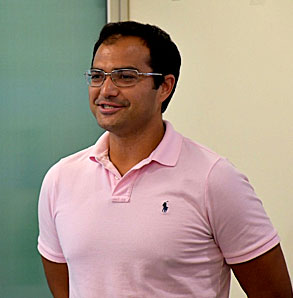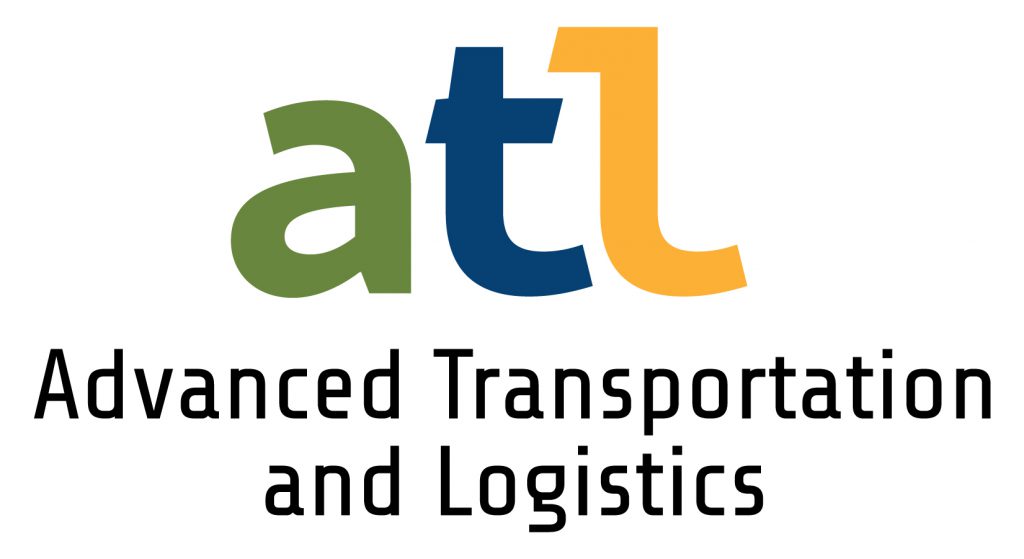
Dan Vidakovich, Hardware and Prototyping Manager from Lyft Level 5’s Engineering Center
Through its Level 5 lab, Lyft is hoping to merge autonomous vehicles with ride sharing to revolutionize the transportation experience.
These changes mean that automotive education programs will need to keep pace to keep students employable upon graduation.
In January, faculty and administrators from throughout Bay Area toured Lyft Level 5 and learned how they can help their students stay on top of this rapidly-changing field. The visit was coordinated by Pam Gutman, Advanced Transportation and Logistics Deputy Sector Navigator in the Bay Area.
The group met with Dan Vidakovich, Hardware and Prototyping Manager from Lyft Level 5’s Engineering Center. Vidakovich started this lab two years ago with 12 employees. He now has more than 400 employees, and more than 80 percent of them are software engineers with four-year degrees or more.
There are about 20 automotive technicians or ‘engineering technicians’ repairing and maintaining the Lyft autonomous test cars. Vidakovich recommends that all automotive technicians learn basic programming skills and suggested several tools for helping them do so, including Arduino kits and Raspberry Pi. These technical skills are required for all facets of the lab’s operations, from the assembly line to repair. In fact, several technicians in the meeting said they wished they would have known Raspberry Pi before starting at Lyft Level 5.
Beyond the specific technical skills, Vidakovich emphasized that 21st-century automotive technicians need to have an innovative mindset. They need to be thinking about how to make the vehicles they’re working on better serve customers, not just solve discrete problems or work on individual tasks. Teamwork is also essential, as complex vehicles often require expertise from more than one person.
“Dan really values people who like to build things, tinker and learn,” Gutman said. “He likes people who like to take things apart, troubleshoot and are willing to take risks to develop solutions. And Dan wants people who work well as a team. His shop is very team-driven.”
Once its self-driving cars are fully realized, Lyft projects that they can greatly reduce the number of accidents, cut down on traffic, and reduce the number of vehicles on the road. The company hopes to make these changes while keeping its vehicles safe for passengers and safe from cybersecurity threats.
In the coming months, Gutman and her team will work on implementing recommendations from Vidakovich and his team. For more information on Lyft Level 5, visit https://www.lyft.com/self-driving-vehicles.


